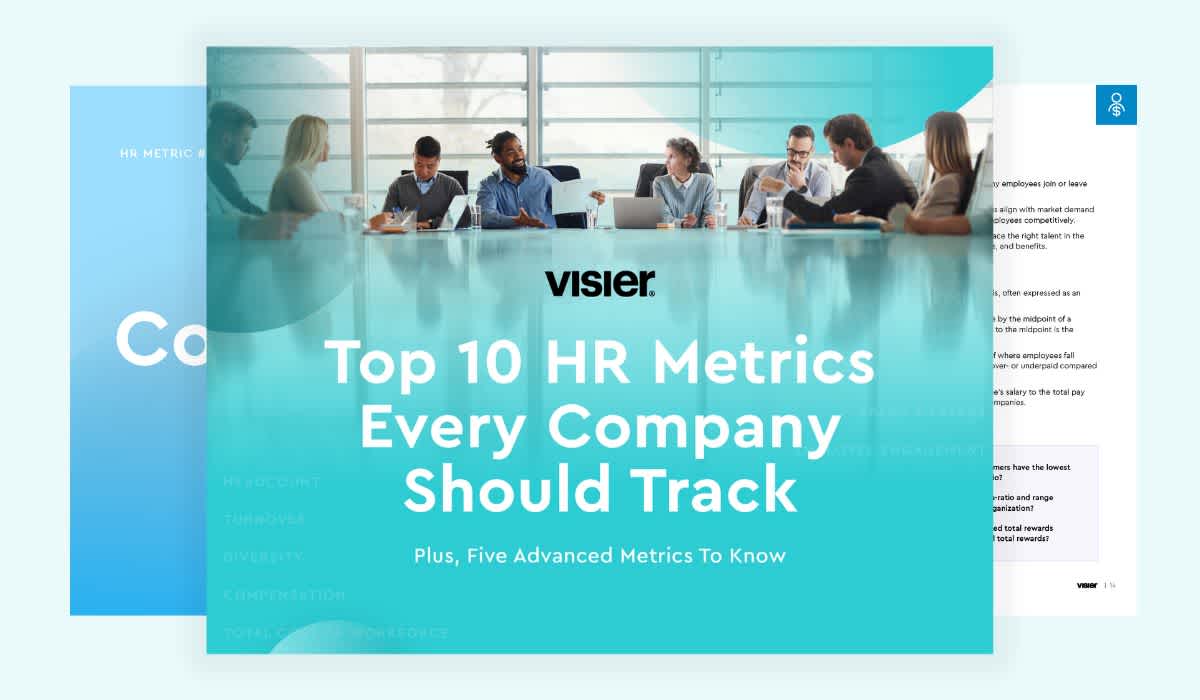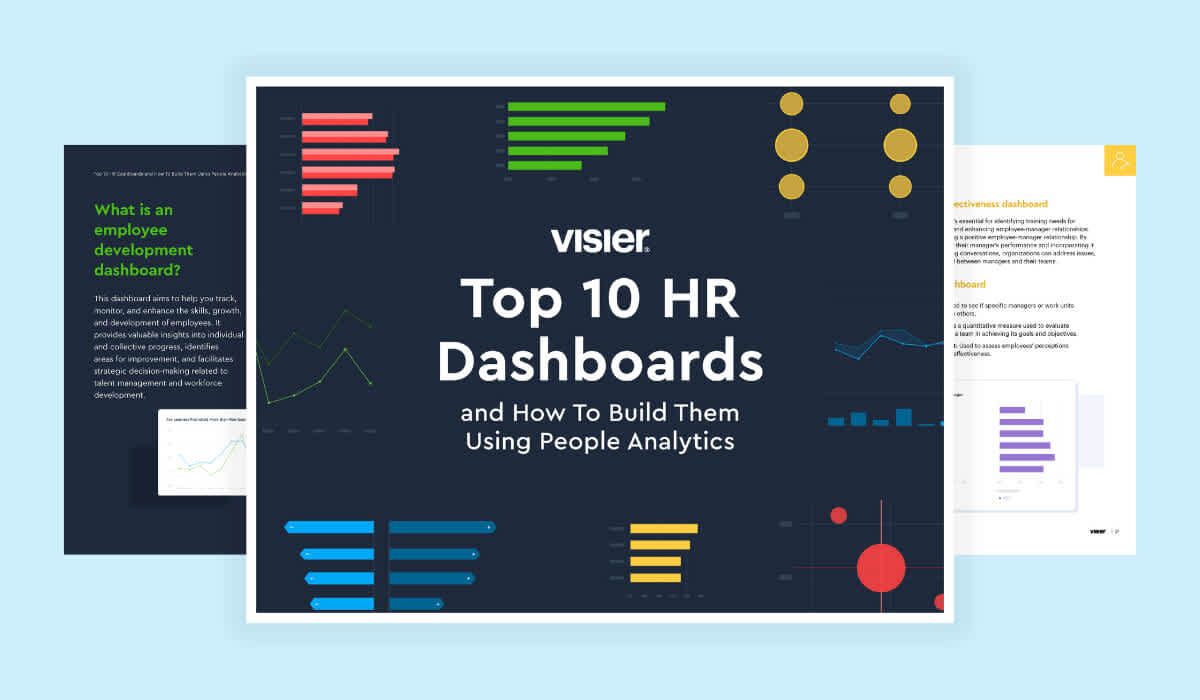Ask Visier: How is the volume of employee exits changing?
What are your organization’s resignation trends? Keep track of employee turnover by learning how the volume of your employee exits is changing.

Tracking employee exits at any point in a business cycle is important. Stable and slow growth organizations that can be characterized by industries such as government and utilities may experience low resignation rates at most times. However, knowing who is coming in and leaving (and why) is critical to managing any organization.
For example, I’ve seen companies with resignation rates that are well below 5% regularly. While this is “good” in one sense, the reality is that employees in low-churn industries often have high tenure and age. If many people at the company have been there for decades, they are more vulnerable to retirement, which may not be a concern to industries with higher resignation rates.

Understanding the “who” and “when” related to retirement vulnerability can be a key value-added service HR or other people analytics experts can provide to the business. In this case, the focus on employee exits moves from the great resignation wave impacting many organizations to preparing for the transfer of the knowledge of employees who are vulnerable to retirement. (See the image below of future retirement eligibility.)

This graph shows how many of your employees are eligible for retirement by job level.
What can people data tell you about employee exits?
As noted above, data can outline key patterns such as where are we losing talent:
When are employee exits happening?
Why are employees resigning?
Are there key groups with higher resignation patterns?
These questions will help you narrow down patterns. Is there a spike in resignations each October after the bonus payout in September? Do we lose a lot of sales employees voluntarily while we lose a high percentage of the finance team involuntarily? These results help provide an initial picture of the business. If the finance team, in our example, is losing folks involuntarily from a reduction in force, this suggests a structural change in the business. Contrast this with sales employees resigning—this suggests employees may be proactively seeking better opportunities.

The graph compares employee exits by team and reason for leaving.
What questions or analyses give the full picture of employee exits?
The answer will depend on the type of exit. For example, if the exit is involuntary and related to a reduction in force, key questions could include:
Are additional resignation waves expected?
How are key outcome metrics affected such as customer satisfaction?
What are the employee engagement trends?
If the exit is voluntary and related to retirement, a key question could be how many employees within three to five years will be eligible for retirement so the organization can plan for knowledge transfer. If the exit is voluntary and related to resignations, key questions should include:
What was the employee’s tenure with the company at the point of resignation?
What reasons for leaving did they provide for when quitting?
Can we access employee engagement data at the employee level?
Are there key employee details that predict risk of resignation?

Why is it a challenge to answer retention questions without Visier?
Visier provides tremendous value to our customers by offering a view of metrics that can:
Identify employees at most/least risk of resignation (based on historical data)
Help an organization focus their efforts to find the “needle in the haystack” for key areas to focus efforts on
Connect key employee data sets such as employee resignations and employee engagement results. (We’ve enabled clients to view engagement results for employees that resigned versus those that didn’t resign to identify the key questions that distinguish leavers from stayers.)
Provide leadership direction and an ever evolving set of key metrics to easily visualize key items such as the average compa-ratio of employees that resigned from the organization and contrast this with the compa-ratio of current staff
Estimate the cost of replacing employees to help drive a financial based discussion on the impact of resignations
Provide powerful visualizations that can help leaders/HRBPs have an evidence-based career journey discussion. For example, if I’m an entry level sales coordinator who is starting to look for a new role within the company, Visier would allow me to access the career journey of other sales coordinator and see the roles they moved into (See example below)

This graph shows the career pathways that employees have taken from a specific role.
How does Visier help leaders answer this key retention question?
Visier also provides the flexibility to filter into a more detailed population. For example, users could apply a combination of filters to analyze female high performers who are managers between the ages of 35 and 45. (Visier security only allows users to see only what they should see, mitigating privacy concerns.) With Visier, users can set up filters for key groups they want to look at regularly.
Visier also allows users to not only see turnover results, but also identify who left, why they left, who else is at risk, and the key employee details driving the risk of resignation. This is especially useful when trying to look for trends among women versus men, mid-career employees versus more junior employees, or whether being a manager reduces voluntary resignation risk.
Knowing how the volume of employee exits is changing is key to accurate workforce planning. Companies grow, departments change, and every organization will experience turnover. To hire smarter, it’s important to have the data available to make accurate predictions of where future resignations will impact company performance. With the right tools, such as Visier, employee exits don’t have to be a mystery. Having these predictive analytics mitigates the impact of unavoidable retention.

Read more about employee resignation trends
Carrying out a workforce reduction can be tricky and sensitive. Use these four steps to determine the right strategy for your organization.
To reduce employee turnover and boost productivity, use these 10 employee retention strategies. Learn more.
Learn how employee retention metrics empower you to understand and prevent turnover, foster a thriving workforce, and maintain a competitive edge.


